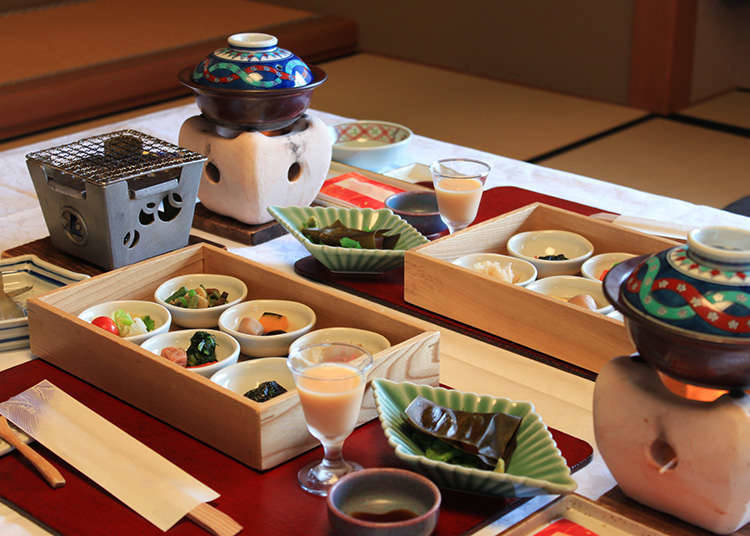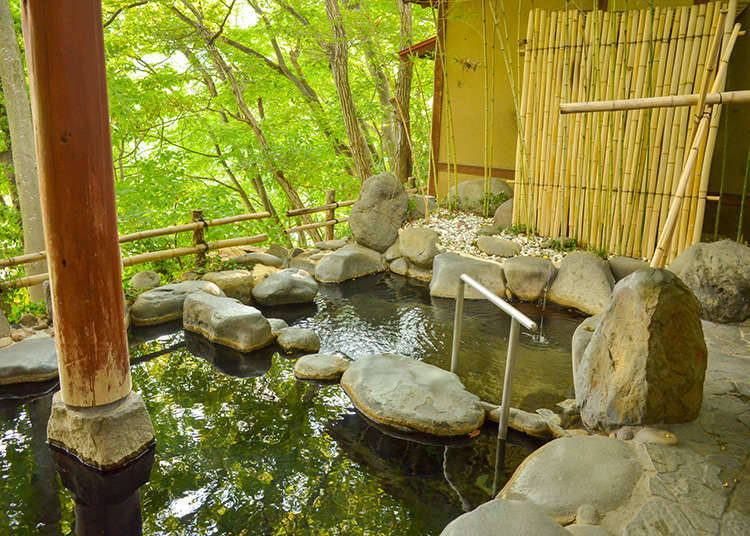
For people both young and old, bathing in an integral part of Japanese culture. In pre-war times, many Japanese houses didn’t have bathrooms; instead people bathed together in public bath houses known as sento. Of course, the obsession with bathing isn’t just cultural–it’s geographic. Due to its positioning above several tectonic plates, Japan has a very active geological landscape, with thousands of hot springs, or onsen, dotted across the country. For visitors to Japan, having a dip in a hot spring or public bath provides an opportunity for an authentic local experience, not to mention real insight into Japanese culture and daily life.
The Differences between Japanese Public Baths, Deluxe Public Baths, and Hot Springs

Public baths, or sento, are bathhouses comprising a washroom and either one or several baths of varying temperatures.
Aside from regular public baths, there are also "deluxe public baths" or "health spas." These have restaurants and resting areas in them. Some of these facilities have nap rooms, massage facilities, comic books, computers and even beauty salons! Because of the various services provided, they are more expensive than regular public baths.
An onsen’s hot water comes from a natural underground hot spring source. In accordance with the 1948 Hot Spring Law, to officially qualify as an onsen, the water has to be above 25 degrees and contain at least one of 19 specific mineral components, such as lithium ions and hydrogen ions.
Food is Another Main Attraction on a Hot Spring Trip

At deluxe public baths and onsen, you can find a selection of restaurants offering traditional and modern Japanese food, such as sashimi, soba noodles, kaiseki cuisine and more. Japan also has many hot spring resort towns, popular destinations for international and domestic tourists savoring both the relaxing bathing experience and the exquisite food.
Indoor Baths and Open-Air Baths

Both hot springs and public baths may feature indoor and outdoor baths. The open-air baths, known as rotenburo, are very popular; being able to enjoy the scenery while relaxing in a hot spring is a huge selling point.
Towels and Toiletries

You can bring your own towels and toiletries, or you can rent and purchase these at the venue. It is standard to have two towels: A regular-sized one for final drying, and a smaller one for washing and placing on the head in the hot baths.
Shampoo, conditioner and body wash are usually provided in the bathing room, although this is location dependent. If you didn’t bring your own, you can purchase these at the venue, either from the front desk, or vending machines.
How to Use Sento and Onsen in Japan

For first-time visitors to public baths…

